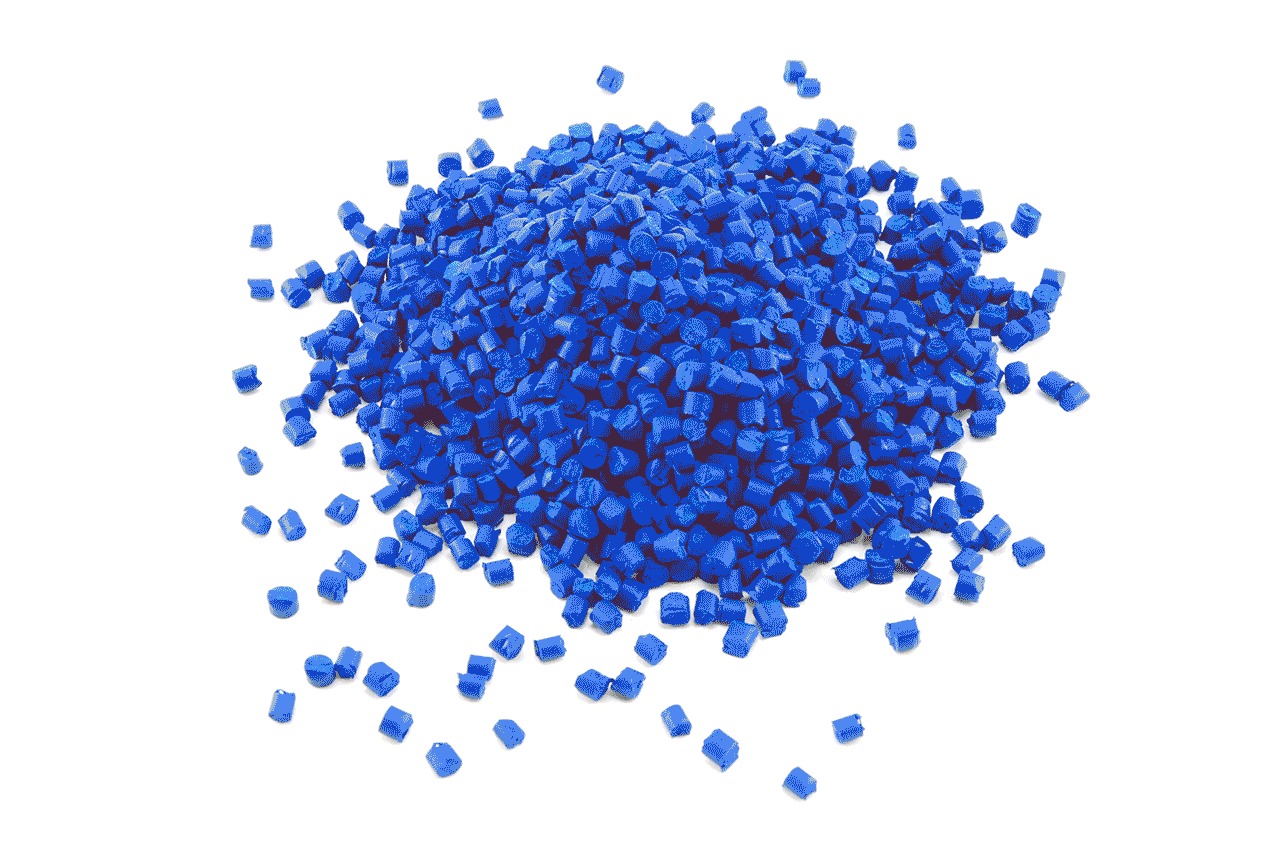
Plastic production is one of the most common manufacturing methods . Think about sheer number of objects around you that contain plastic - your smartphone, smartphone case, water bottle, keyboard, mouse, and so many more to list! Plastics have become popular because of several key advantages:
- Easily molded into various shapes (infinitely customizable depending on molding process).
- Low production cost per part
- Lightweight, corrosion-resistant
- Poor conductor of heat/electricity
- Use in low-cost structural components (pipes, wires, construction of buildings, etc.)
In engineering applications, plastics are separated into two categories: thermo-set and thermoplastics. Thermoset plastics and thermoplastics are two distinct categories of polymers that exhibit different properties and behaviors when subjected to heat and pressure. Read this post for the difference between the two:
Difference between Thermoset Plastics & Thermoplastics.
Depending on the plastic part, plastics can be manufactured in several different methods. Each method has their own unique pro’s and con’s in terms of tooling complexity, initial bring-up time, part cost, and suitability for low vs. high production volume.
Check out the following links below for a detailed, description on each process: